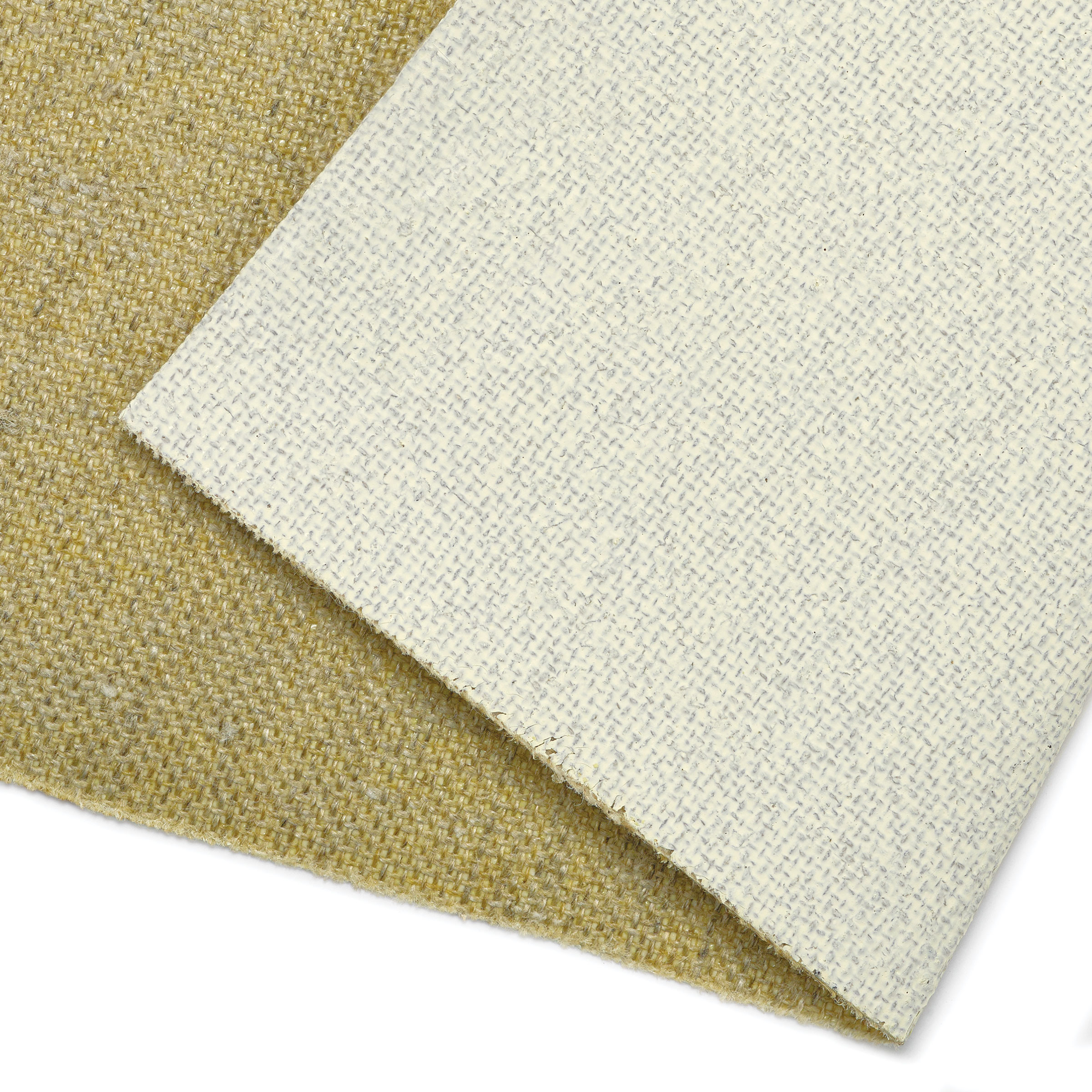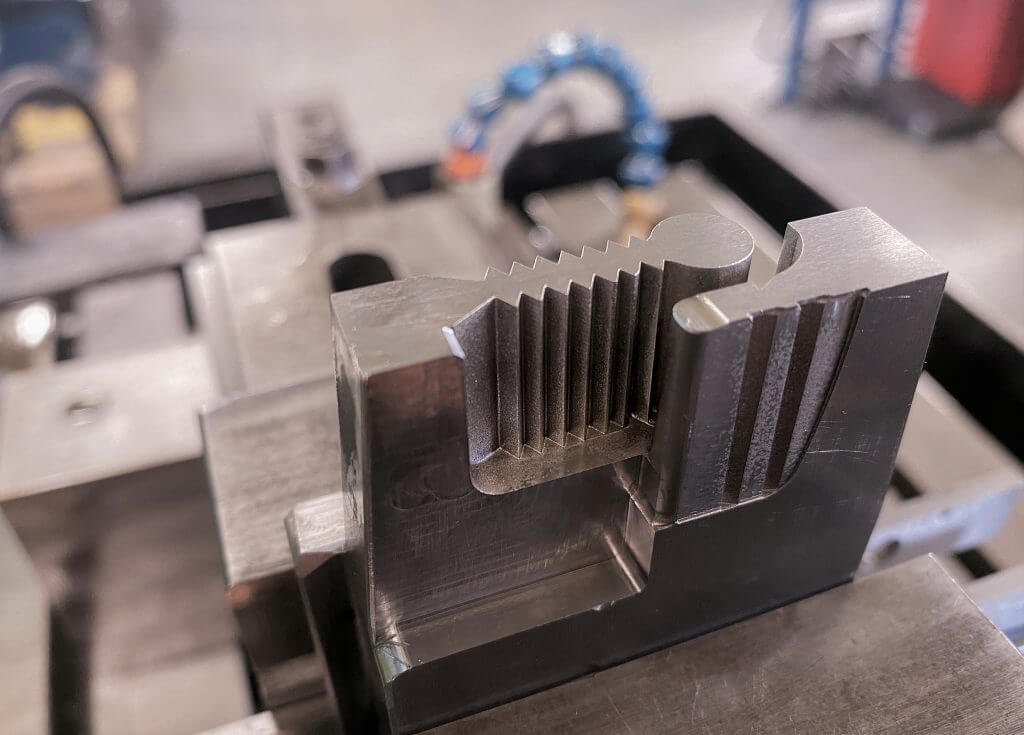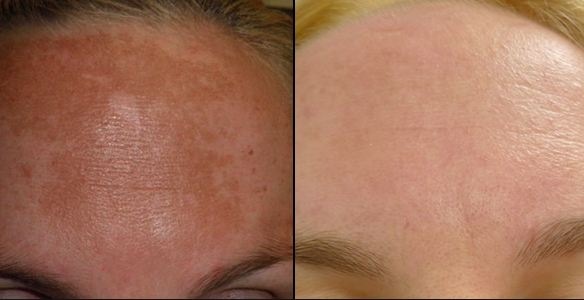
Turning your innovative ideas into valuable intellectual property involves a crucial step – securing a patent. A patent grants you the exclusive rights to your invention, preventing others from making, using, selling, or importing it without your permission. One of the initial steps in the patent application process is filing a provisional patent application. This article will delve into the benefits of filing a provisional patent application and why it is a crucial step in protecting your invention.
What is a Provisional Patent Application?
A provisional patent application serves as a placeholder for your invention with the United States Patent and Trademark Office (USPTO). It provides a filing date for your invention and allows you to use the term "patent pending." Unlike a non-provisional patent application, a provisional application does not undergo formal examination by the USPTO and does not result in the granting of a patent. However, it offers several advantages that can aid in the patenting process:
Benefits of Filing a Provisional Patent Application
- Establishes Priority: By filing a provisional patent application, you establish an early filing date with the USPTO. This filing date can be crucial in determining who was the first to invent the subject matter of the patent. In the US, patents are granted to the first person to invent, not the first to file, making early filing essential.
- Patent Pending Status: Once you file a provisional patent application, you can label your invention as "patent pending." This status warns potential competitors that your invention is in the process of being patented, deterring them from copying or stealing your idea.
- Time to Assess Market Potential: Filing a provisional patent application gives you a 12-month period to assess the market potential of your invention before deciding whether to file a non-provisional patent application. This allows you to conduct market research, seek investors, or refine your invention without losing priority rights.
- Secure Early Filing Date: A provisional patent application secures an early filing date without the formal requirements of a non-provisional application. This gives you time to further develop your invention and gather necessary documentation required for the non-provisional application.
Why File a Provisional Patent Application?
There are several reasons why inventors should consider filing a provisional patent application before pursuing a non-provisional patent:
- Cost-Effective: Filing a provisional patent application is generally less expensive than filing a non-provisional application. This can be beneficial for inventors who want to secure their filing date without committing to the higher costs associated with a non-provisional application.
- Flexibility: A provisional patent application provides flexibility in the patenting process. It allows inventors to refine their invention, conduct market research, or seek funding without the immediate pressure of filing a non-provisional application.
- Priority Rights: By filing a provisional patent application, inventors establish priority rights to their invention. This can be crucial in cases of patent disputes or challenges, as the early filing date serves as proof of invention.
- Protects Your Invention: Filing a provisional patent application offers a layer of protection for your invention while you decide on the next steps in the patenting process. It prevents others from claiming your invention as their own during the 12-month provisional period.
Next Steps After Filing a Provisional Patent Application
Once you have filed a provisional patent application, it is essential to consider the next steps in the patenting process:
Consideration for a Non-Provisional Application
During the 12-month provisional period, inventors should decide whether to convert their provisional application into a non-provisional application. A non-provisional application undergoes formal examination by the USPTO and, if approved, results in the granting of a patent.
Market Assessment and Development
Use the 12-month provisional period to conduct market research, refine your invention, or seek potential investors. This time allows you to assess the commercial potential of your invention before committing to the costs of a non-provisional application.
Consult with a Patent Attorney
Consider consulting with a patent attorney to guide you through the patenting process. A patent attorney can help you navigate the complexities of patent law, draft a strong patent application, and provide valuable advice on protecting your intellectual property.
Conclusion
Filing a provisional patent application is a critical step in protecting your invention and securing your rights as an inventor. It offers several advantages, including establishing priority, obtaining patent pending status, and allowing time to assess the market potential of your invention. By filing a provisional patent application, inventors can safeguard their intellectual property while exploring the commercial viability of their invention. Consider filing a provisional patent application as the first step towards turning your innovative ideas into valuable patents.









